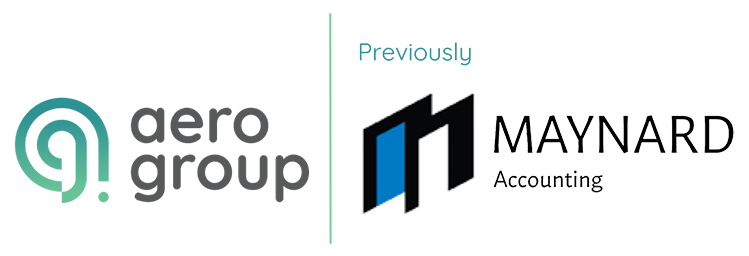New businesses are birthed either from a spontaneous idea, a long-held dream, or meticulous planning. When business income is taxed, the business structure used can impact the amount of tax paid.
Example: Helping a client reduce the amount of tax he was paying, I restructured his business and investment affairs, resulting in tax savings of over $80000.00 per year. He has enjoyed that tax saving for more than a decade. Do you think he is happy? Yep. Not every business has a bunch of circumstances like his, but most can save tax by planning the type of business structure used.
The following is a summary of the types of business structures available.
Sole Trader:
A sole trader is an individual generating income in their name. After subtracting expenses from income, what is left over is taxed at their marginal rates.
The following is a table of marginal rates for FY22:
Taxable Income Rate
$0 – $18200 0%
$18201 – $45000 19%
$45000 – $120000 32.5%
$120000 – $180000 37%
$180000 – and over 45%
The higher the income, the higher the marginal rate of tax. If the income earned is low to medium, the amount of tax is manageable. However, as the income creeps up, tax liability goes the same way. Ideally, a sole trader needs to split their income with another person or entity. That’s where partnership comes in.
Partnership:
Partnerships have particular legal implications, which I will not talk about here. A partnership is simply two or more individuals and or entities sharing net business income. In doing so, they split the income. Splitting the income utilizes the various margins in the table above, resulting in considerable tax savings. However, what if one of the partners already earns income? Partnership income is taxed at higher rates. That’s where companies come in.
Companies:
A company is a non-individual entity. In terms of business structures, it can make many of the regular business decisions that individuals make, but it is taxed differently.
Not long ago, companies paid a fixed rate of tax at 30%. In FY2022, the company tax rate is 25% on business income. That’s an attractive tax rate. Imagine exceeding one of the higher thresholds in the table above. An immediate tax saving is possible simply by operating a business in a company structure.
Trusts:
There are two types of trusts – discretionary and fixed units.
Discretionary Trusts: In terms of taxation, a discretionary trust is similar to a partnership. Trusts can split income with other family members and or entities, thereby saving tax. However, the same limitations apply where a beneficiary already receives income.
Unit Trusts: Similar to a company, income is shared amongst unitholders.
Self-Managed Superannuation Fund (SMSF):
SMSF is a different structure used for investing with very different tax treatment than the other entity types. Tax rates are much lower. However, SMSF’s are highly regulated. In a business context, the ideal scenario is for the business premises to be held in the business operator’s SMSF.
The various business and investment structures have different legal outcomes. They also have different tax treatments. If you are operating a business, you are not limited to any one form but can use any combination. That’s where planning comes in.
Companies Direct have the necessary knowledge and experience to help business owners choose the business structure to optimize tax savings. When you get it right, tax savings can be considerable.
